Op Sindoor: Did India Win Militarily But Lose The Narrative War?
The age of overt, high-visibility strikes is diminishing in returns. Covert operations, cyber infiltration, and disrupting terror logistics silently deliver greater impact at a lower political cost. India needs to establish a dedicated Psychological and Information Warfare Command, rather than relying solely on MEA press briefings or tweets from leaders.
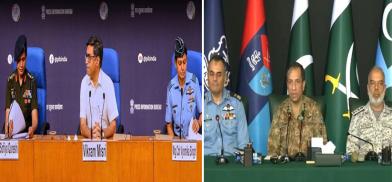
On 7 May 2025, in the early hours of the morning, India struck deep into Pakistani and Pakistan-occupied territories as part of a covert yet publicized mission—Operation Sindoor. It was in retaliation for a brutal terror attack in Pahalgam on 22 April, where 26 civilians were killed. The Indian response was swift, technologically advanced, and highly coordinated. Within 48 hours, airspace was shut, diplomatic channels were activated, and targeted standoff strikes were carried out. For many, it was a demonstration of India's new normal in national security—a country willing to punish terror sponsors at will.
Yet, as the dust settled, more profound questions arose. Did India merely punish or did it deter? Did it dominate the battlefield or lose the information war? And as Pakistan responded with missiles, misinformation, and religious propaganda, the boundaries between traditional war and hybrid war became blurred.
The Tactical Score: Clean Hits
On the ground and in the air, India executed precise operations. Nine high-value targets, mainly terror camps and logistical hubs, were hit using air and artillery platforms. The Indian military avoided crossing the Line of Control or international boundary, instead relying on standoff weapons to prevent full-scale conflict escalation. All strikes were conducted with real-time intelligence support, coordinated with diplomatic messaging, and followed by swift defence responses.
Incoming drones and missiles from Pakistan were neutralized. There were a few civilian casualties on Indian soil, but critical infrastructure remained intact. By any conventional measure, the operation was tactically successful.
Operational Score: Success Meets Limits
While the Indian military executed the strikes flawlessly, the broader operational goals were unclear. Infrastructure may have been destroyed, but the terrorist leadership remains intact. The enemy's capacity was dented, not dismantled. Many terror camps were not hit, likely due to diplomatic and escalation-related constraints.
Moreover, rather than weakening, the Pakistani military used the attack to strengthen itself internally. Nationalist sentiments surged, streets filled with rallies, and General Asim Munir was promoted to Field Marshal. For a country on the brink of economic collapse, Pakistan's military turned the crisis into an opportunity, securing IMF funds shortly after and rallying domestic support.
Operationally, India may have landed blows, but Pakistan walked away with the story.
Strategic Score: A Different Battlefield
The strategic outcomes of Operation Sindoor are less clear. India's stated aim was to punish those responsible for terror and to eliminate infrastructure. However, by 2025, terrorism will no longer be just about camps and commanders. It has become an ideology, a network, and a digital ecosystem.
Pakistan's shift from infiltration to influence operations means its core assets are not only in territory but also in encrypted chats, manipulated videos, and religious narrative-building aimed at influencing global Muslim sentiment. India struck physical targets, but the virtual machinery that sustains jihadist ideology remains untouched.
Worse, India lost the narrative war.
Pakistani channels, amplified by global platforms, successfully portrayed India as the aggressor. Reports of civilian deaths—unverified but persistent—flooded social media. Meanwhile, India was hindered by internal political posturing and a fragmented international messaging strategy. The operation, while militarily sharp, was strategically incomplete.
What Op Sindoor Taught Us: Five Strategic Questions
Can military operations destroy ideology? No. Military force can deter, punish, and degrade infrastructure. But ideologies outlast airstrikes. They embed themselves in identity, faith, grievance, and generational memory. India's strikes may delay operations, but they won't erase the appeal of anti-India narratives that thrive online and across madrasa networks.
To counter ideology, India must invest in digital literacy, educational reform, economic integration, and de-radicalisation programs. Social media engagement, counter-narratives, and psychological operations are essential tools, not just guns and jets.
Should India invest more in covert ops and information warfare?
Absolutely. The age of overt, high-visibility strikes is diminishing in returns. Covert operations, cyber infiltration, and disrupting terror logistics silently deliver greater impact at a lower political cost. India needs to establish a dedicated Psychological and Information Warfare Command, rather than relying solely on MEA press briefings or tweets from leaders.
Pakistan's ISPR has shown the power of strong narrative control. India needs to enhance its professional storytelling, establish global media partnerships, and develop effective narrative strategies.
Has India prepared for counter-narrative wars on Telegram, TikTok, X, and the dark web? Not yet. While efforts exist in isolated silos, India lacks a cohesive national narrative strategy. Radical Islamist content is flourishing on encrypted platforms. Deep Fakes are shaping public opinion. Viral disinformation outpaces fact-checking.
To address this, India must:
Train and deploy digital foot soldiers fluent in regional languages and platform dynamics.
Utilise AI-driven narrative mapping to track radicalisation and counter-messaging efforts.
Influence campaigns across diaspora communities.
The battlefield is now social, mobile, and invisible. India needs to fight there too.
Is weaponising the Indus Waters Treaty a sustainable strategy? It's risky. The temporary suspension of the Indus Waters Treaty (IWT) during Op Sindoor sent a strong message. However, it also sets a precedent that others could exploit, especially China with its dam-building on the Brahmaputra. While water is a strategic tool, its use must be thoughtful and infrequent. A permanent suspension risks provoking a humanitarian backlash and diminishing India's moral authority in global diplomacy. If the "Neighbourhood First" policy is to endure, India must find a balance between tough messaging and cooperative regional strategies.
How can India future-proof itself against becoming the next info-victim?
India must adopt a National Information Warfare Doctrine. This includes:
- Building public resilience to fake news and propaganda.
- Creating real-time disinformation tracking and takedown systems.
- Coordinating inter-agency responses across defence, telecom, and media.
- Investing in cyber education and training at schools and colleges.
India's Global Role: Leading Digital Governance. India must lead international coalitions on digital governance, particularly with democracies facing similar threats from authoritarian propaganda.
Beyond Sindoor: What the Future Demands
India's performance in Operation Sindoor demonstrated a mature military doctrine—precise, restrained, and powerful. This strategic approach should reassure the audience of India's commitment to strategic planning and execution. However, in the hybrid wars of the future, military force is only one part of a much larger chessboard.
India must now adapt to: -
- Narrative-first warfare,
- Virtual insurgency,
- Global opinion battles,
- And the need to counter ideology, not just its instruments.
The next operation—if and when it occurs—shouldn't just hit hard. It must also speak louder, think smarter, and shape perception more effectively. Because in this new age of war, the last bullet no longer ends the conflict. The last word does.
(The writer, an Indian Army veteran and a former officer in the Armoured Corps, is a security analyst. Views expressed are personal. He can be reached at manojchannan@gmail.com; linkedIn www.linkedin.com/in/manoj-channan-3412635; X @manojchannan )




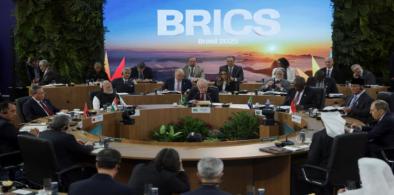
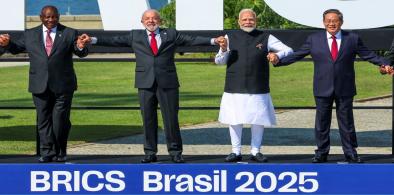
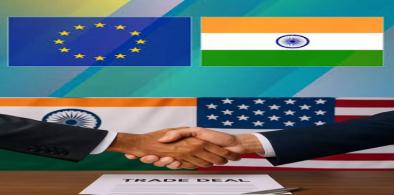

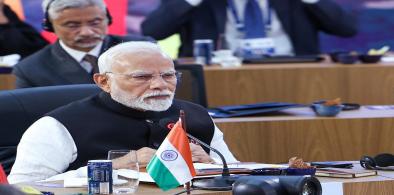



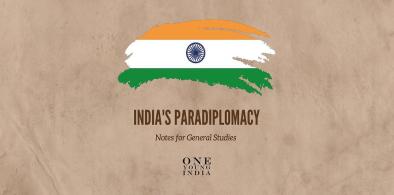







Post a Comment